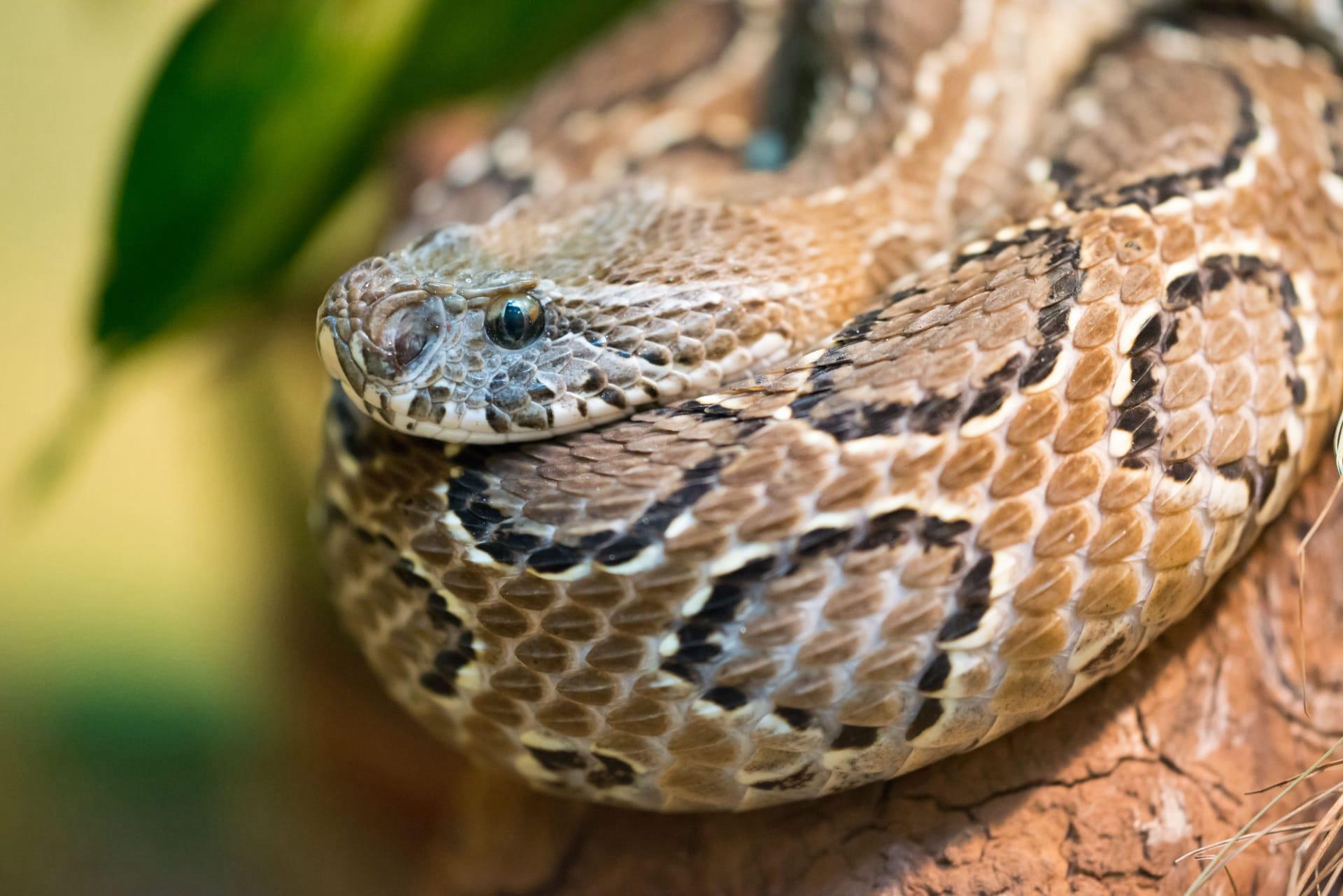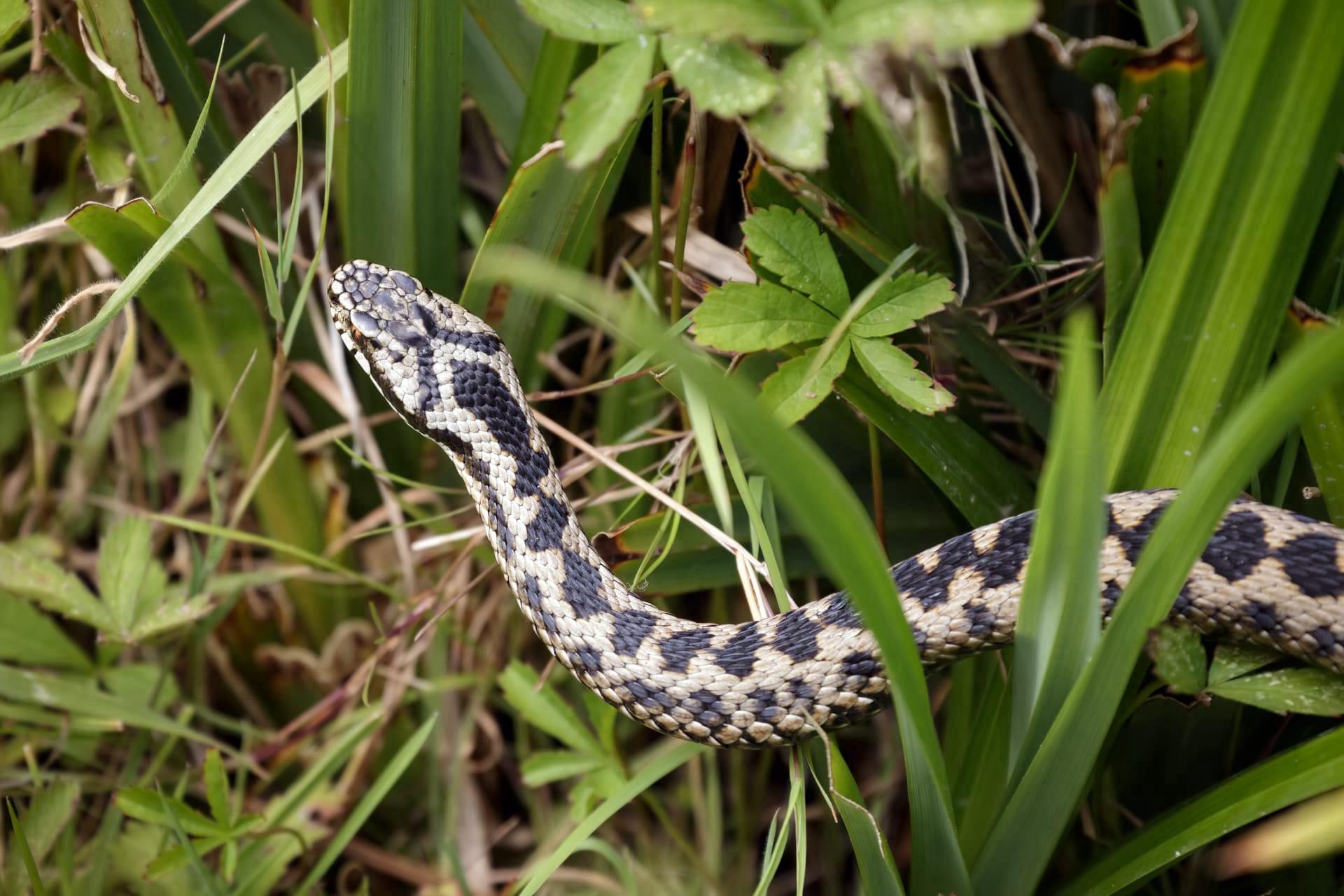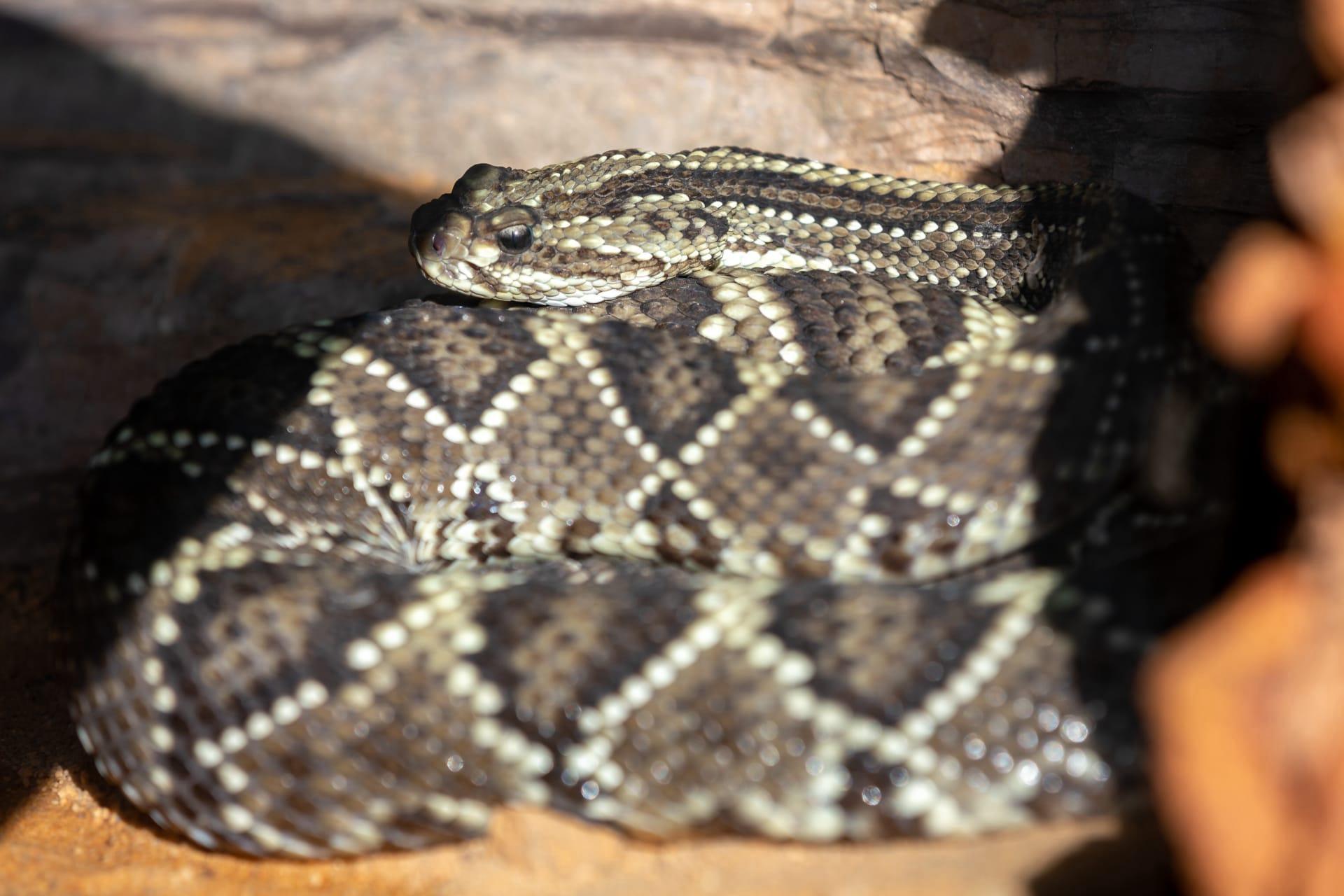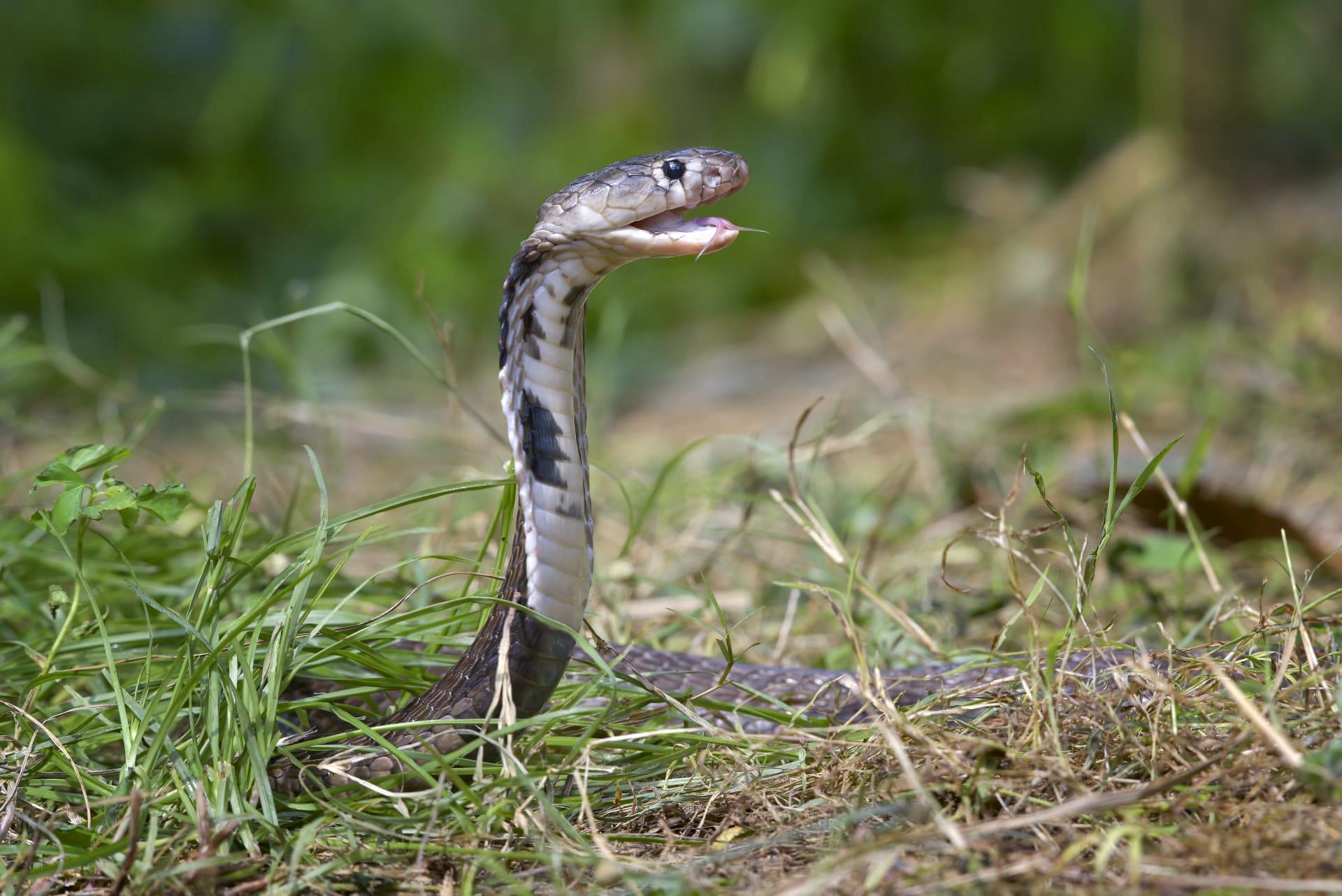Russells Viper Trivia
- Home /
- Trivia Question /
- Animal /
- Russells Viper Trivia
1
Question: What makes the Russell's viper so unique in its appearance?
Answer: The Russell's viper, scientifically known as Daboia russelii, is distinct for its stout body and vivid pattern. It's usually about 4 to 5 feet (120 to 150 cm) long. The snake sports a series of bold, dark brown spots outlined in black, running along its body against a yellowish, brown, or pinkish background. This pattern provides excellent camouflage in its natural habitat, which ranges from grasslands to dense rainforests across Asia.
Question: How venomous is the Russell's viper compared to other snakes?
Answer: The venom of the Russell's viper is highly potent, making it one of the most dangerous snakes in Asia. It contains a mix of hemotoxins, neurotoxins, and myotoxins. A single bite can lead to severe symptoms like pain, swelling, renal failure, and sometimes coagulopathy, where the blood's ability to clot is impaired. However, the mortality rate is relatively low, estimated at about 1-10%, primarily because antivenom is widely available in areas where the snake is common.

2
Question: Is it true that the Russell's viper is aggressive and often attacks humans?
Answer: This is a common misconception. The Russell's viper is not naturally aggressive towards humans. However, it will defend itself vigorously if threatened or stepped on. Most bites occur when the snake is accidentally disturbed. The snake's habit of basking on pathways or hiding in underbrush contributes to these unintentional encounters.
Question: Do Russell's vipers always inject venom when they bite?
Answer: No, not always. Russell's vipers, like many snakes, can deliver 'dry bites,' where they bite without injecting venom. This is a defensive measure rather than a predatory one. Estimates suggest that up to 50% of all snake bites, including those from venomous species like the Russell's viper, are dry bites. The absence of venom in these cases is a mechanism to conserve it for hunting prey, their primary use of venom.

3
Question: How does the Russell's viper reproduce, and what is unique about its reproductive process?
Answer: Russell's vipers are ovoviviparous, meaning they give birth to live young rather than laying eggs. A female can give birth to a large number of young, typically between 20 and 40, but records show litters of up to 65! The young are independent from birth and are about 9 inches (23 cm) long. They are born with a fully functional venom apparatus and can fend for themselves immediately.
Question: Can the Russell's viper's venom be used for medical purposes?
Answer: Yes, surprisingly, the venom of the Russell's viper has medicinal potential. Researchers have isolated specific proteins and enzymes from the venom that show promise in treating certain medical conditions. For example, a compound derived from the venom is used in diagnostic tests for blood disorders like disseminated intravascular coagulation. Additionally, research is ongoing to explore its potential in developing new treatments for blood clots and heart attacks.

4
Question: What is the geographical range of the Russell's viper, and in what type of habitat is it commonly found?
Answer: The Russell's viper is primarily found in South and Southeast Asia, including India, China, Pakistan, and parts of Indonesia. It thrives in a variety of habitats, from open, grassy or bushy areas to farmlands and forest edges. The snake is also frequently encountered in urban areas, especially in regions where rapid urbanization has encroached on its natural habitat.
Question: How does the Russell's viper hunt and what is its diet?
Answer: The Russell's viper is primarily nocturnal and uses its exceptional camouflage to ambush prey. Its diet mainly consists of rodents, but it also preys on small birds, lizards, and other small mammals. The snake uses its potent venom to immobilize its prey quickly. Interestingly, its preference for rodents often brings it into close proximity with human habitation, as these are common pests in both rural and urban areas.

5
Question: How do local populations in areas where Russell's vipers are found typically react to these snakes?
Answer: In many regions where the Russell's viper is common, local populations have a deep respect and often fear of this snake due to its venom potency and the number of bites reported annually. In some cultures, the snake is regarded with superstition and is often featured in local folklore. Education about snake behavior and the importance of timely medical treatment for bites is crucial in these areas.
Question: Are Russell's vipers threatened or endangered?
Answer: Currently, the Russell's viper is not considered endangered. It is listed as "Least Concern" on the IUCN Red List of Threatened Species. However, like many wildlife species, it faces threats from habitat loss and degradation, particularly due to expanding agricultural and urban development. Conservation efforts are important to ensure that its populations remain stable and do not decline due to human activities.